Flower beds: ideas and schemes for stylish design for beginner gardeners (110 photos)
All summer residents who own their own “hundred”, over time, try to decorate them with living fences and paintings from plants that bloom seasonally to the delight of the eyes. They are located closer to the person’s gaze, namely in the front gardens, around the arbors and wings, along the sidewalks, in the gaps of boring wooden hedges.
It takes a lot of effort to master the skills of landscape design. But do not rush to turn to the expensive services of professionals.
A little work - and you will create a work of art with your own hands with the help of plain flower beds in the courtyard. Maybe you have already met the garden of your dreams in a magazine on a homestead or on a postcard.
Landscape rules
And this is not a fairy tale, but first of all, you need to decide on the style of your own plant creations and work out several tasks of the future landscaped area. Elements must be coordinated both among themselves, and, accordingly, with the terrain and surroundings, for example, buildings and buildings.
The flowerbeds and flower beds in the country are visual decorations of the master's house and, therefore, visually continue its facade. On a site outside the city, a gardener of any length of service and ability will be able to form a small "paradise", applying a fraction of effort and adhering to the following recommendations.
Unity of perception
A full view of the garden takes into account many landscape elements. This means that rare bushes scattered around the “hundredth”, even if they are of the most luxurious colors, will not create a pleasant impression. Such a “work” will look empty and frail, will not cause a feeling of a finished composition, will not bring the desired admiration.
It is better for the owner to choose one zone that is most suitable for the review for refinement and to deal with it with all care.
The tasks of beautiful flower beds are to bring aesthetic pleasure with their attractiveness and create an atmosphere of harmony and comfort. It is easier for an amateur to deal with this in one small area, than in a vast territory, if any.
Plant growth
The next checkmark in the strategy is the growth of plants. As we know, decorative flowers vary greatly in the height of the stems. Tall plants should be placed farther from the edge of the flower bed, or at the hedge itself, depending on how your flower garden will be located.
Then there are plants that grow to medium size, and near the border of the flower beds put undersized flowers. Such a construction will provide all tiers with the light of the sun and - no less important - human attention. The so-called soloists of flower beds, flowers of medium height, are usually perennials and can boast bright blossoms that are pleasing to the eye, and the high central and creeping marginal greenery serves as a frame.
Do not make the colors too colorful, highlight only a few bright accents that soften their colors and leave the rest of the floral background cool.
Flowerbed structure
The key point number three is the structure of the flowerbed. It will be useful to transfer the planned forms of flower beds from the head to the paper, making it easier to work out the images of plant compositions in the best way. Before the actual construction and design of the flowerbed, you should consider and outline its plan on paper.
Consider where it is best to arrange flowers depending on your windows, view of the courtyard from the house, paths or the entrance gate.Also, do not forget that you are only a draft, and with living seedlings, in fact, everything can turn out a little or very differently.
Maybe great ideas come up on the go? Try to create several flower beds, which, thanks to their varietal composition, will be able to please you all season in turn, if you carefully select the blossoms that are replaced by one another.
And do not forget that someone has already done the most difficult thing for us - in specialized magazines or on the Internet there is always a ready-made markup for you.
Search for beginners
The simplest is the design of the central flower bed described above. Quite interesting, as an option, is a flower garden of perennials, which, due to its practicality, has the largest number of planting plans. The decorative plantations of coniferous shrubs that do not require serious care and all year round please the eye with their invariable appearance are also fabulously popular.
The only thing these plants will “ask” is the acidic environment of the soil. Such plantings, with proper care, will help the site look well-groomed and beautiful for many months in a row from year to year.
To create a bed of continuous flowering, you need to take note of the following things:
- To include in the flower beds should be annuals, perennials and also shrubs;
- Select plants with similar temperature and irrigation requirements;
- To exclude easily inseminating and “aggressive” species, for example, poppy and periwinkle, respectively.
Next, the gardener, thinking over a flower bed of continuous flowering in a summer cottage, should do the enumeration of the participating species in the form of a list. The final list depends on the size of the flowerbed, and the generosity of planting each presented flower here is better to prefer their diversity.
The flowerbed will be perceived not so colorful, and a look at it will bring a more harmonious impression. It will be best to “draw” ready-made designs of flower beds you like with a photo on the Internet or a thematic magazine - you will already know what you are striving for and how your work will look at the end.
The resulting list of plants must be divided into two parts according to their growing season. It is good if bulbous plants appear in the first one, which quickly bloom in the spring and receive a replacement in the form of annual plants, for example, petunia, which grows magnificently in place of bulbous plants.
In the second group, all reliable perennials will remain. From plants of one year of flowering, choose unpretentious: asters, marigolds, dahlias, nasturtiums, petunias.
Preparation of the site for decorating it with flower beds is recommended in late summer - early fall. The excavated soil should be allowed to settle and, after a couple of weeks, plant bulbs and rhizomes of perennials, next year to plant annuals in the form of seedlings and strictly counted specimens. And only after a year of waiting will your flower garden open in all its glory when perennials are well rooted in the soil.
Regarding the arrangement, traditionally the shape of the flowerbed is taken oval or at least round, the terrain is chosen sheltered from the scorching sun and wind. Large flower beds are preferred to smaller ones more often, but this is a matter of your taste and design.
The soil is cleared of weeds, turf is removed and fertilized, black soil and sand, loosening and drainage of future flower beds will be a very good addition.If you want to make a slide, then increase the height in the center of the flower bed by adding another half meter of land, and to the edges - smooth descent to the decimeter.
Photo of flower beds
Arrangement of the yard: the main options for a private house (130 photos)
Vertical gardening: 115 photos of interesting projects and modern combinations
Terrace in the country - how to create and decorate an important element of the house? (130 photos)
Join the discussion:



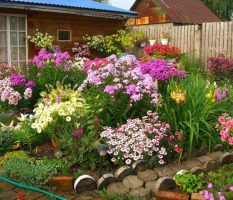







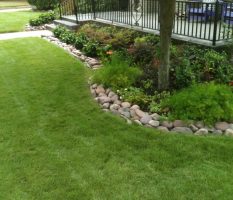

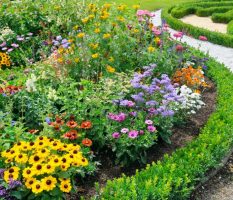





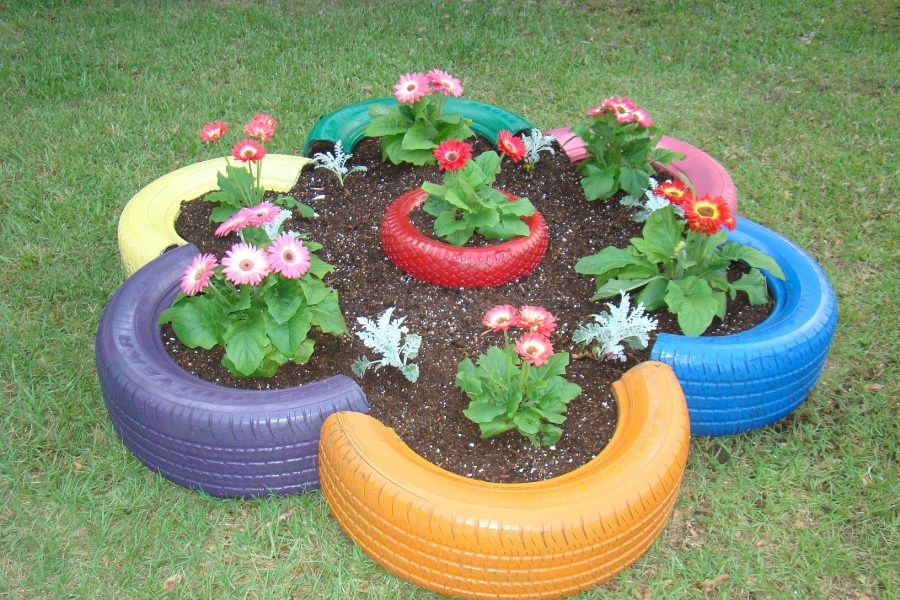

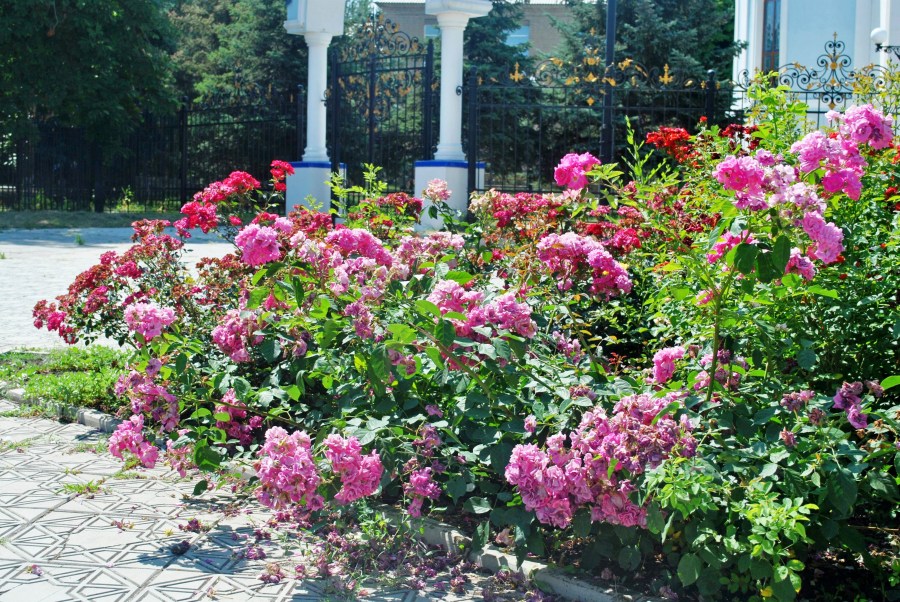


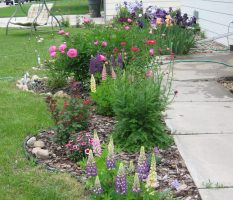
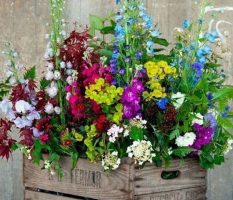
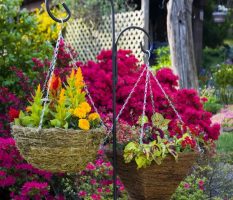

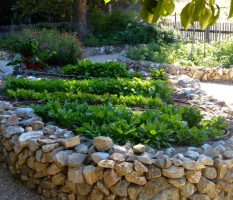

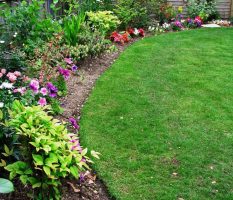





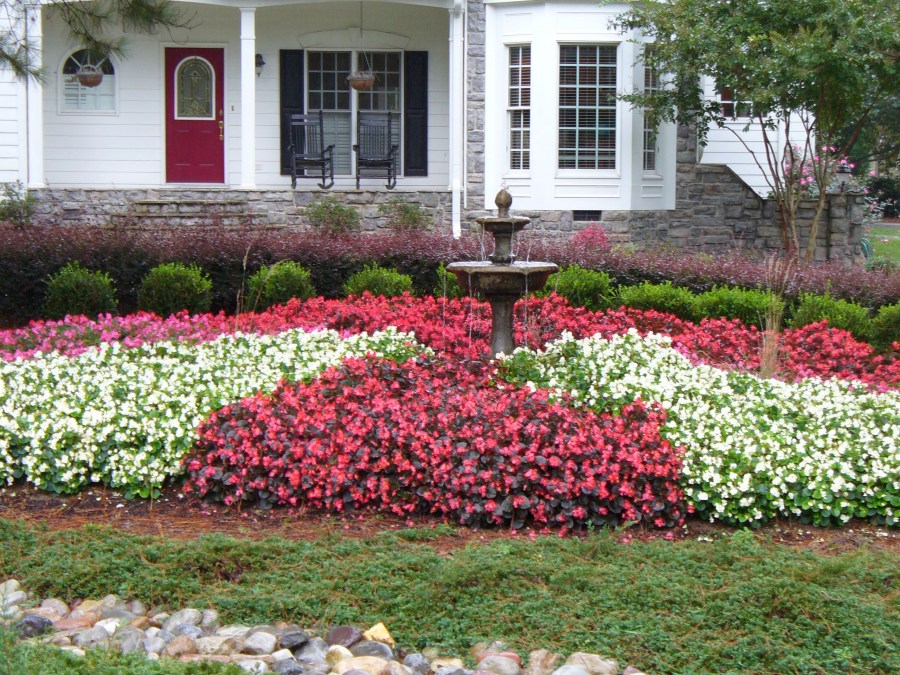
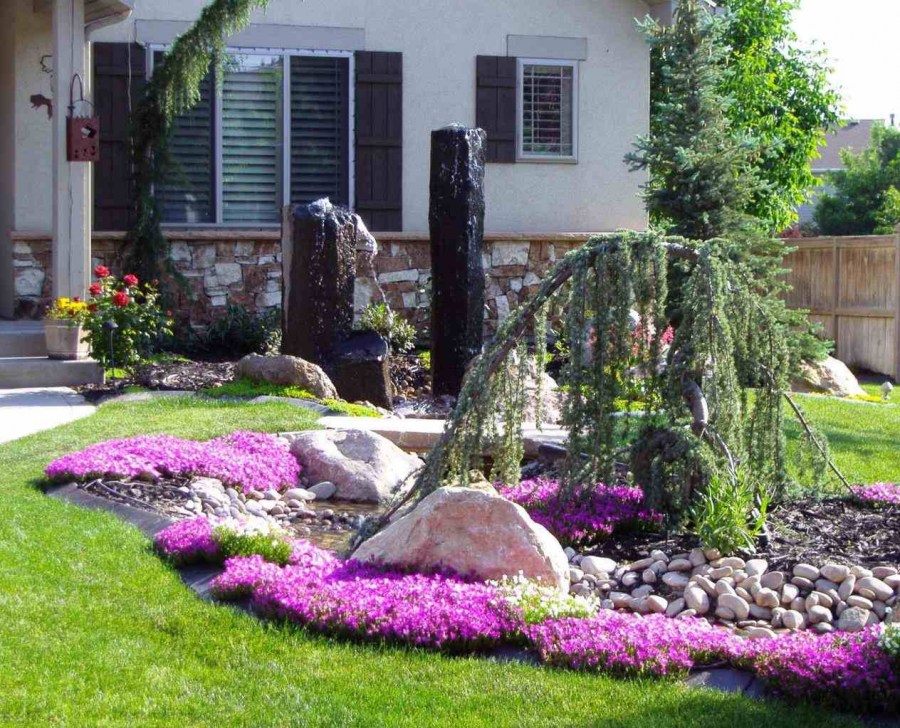

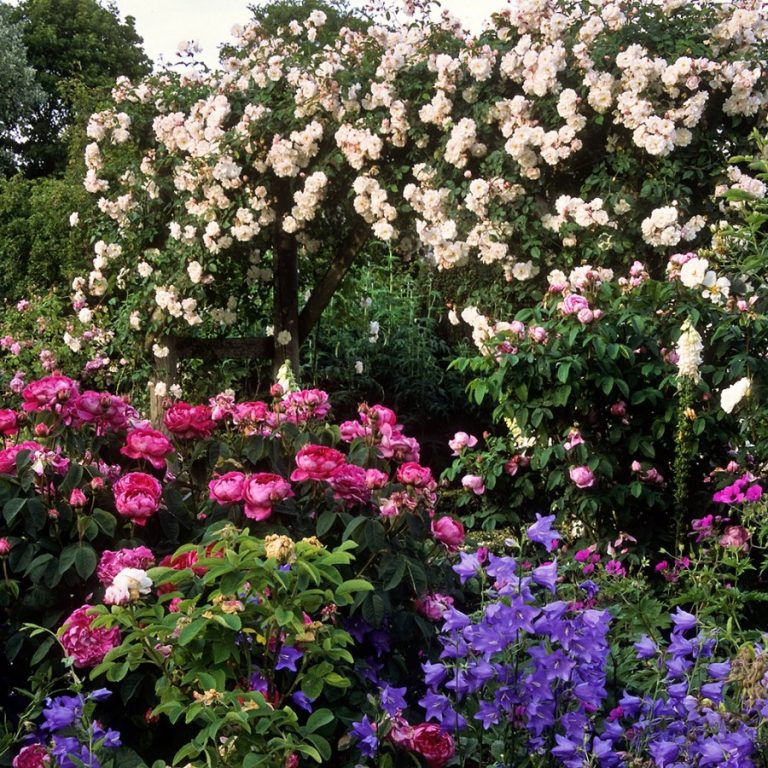
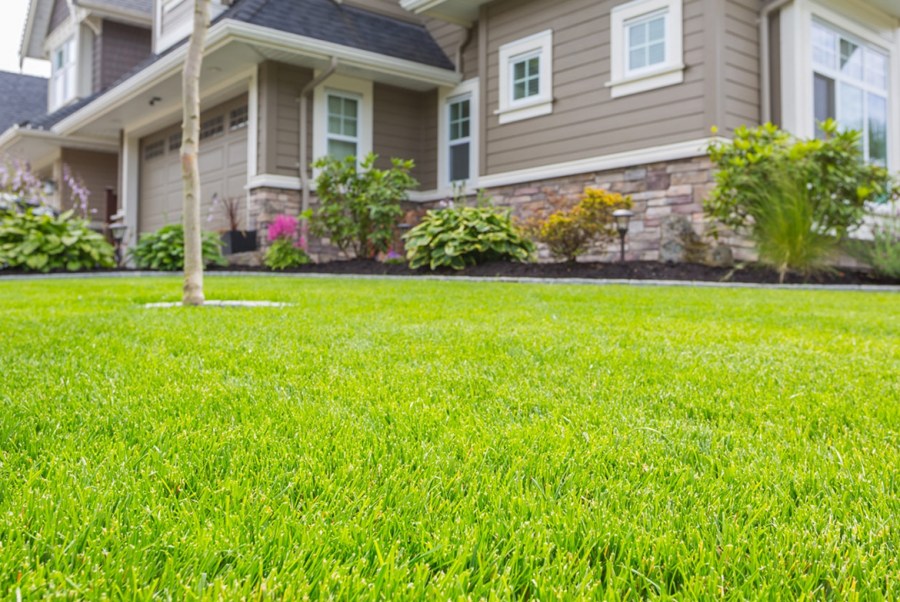

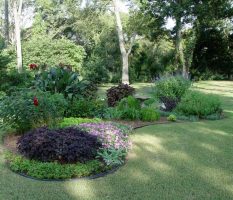
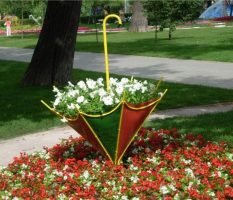



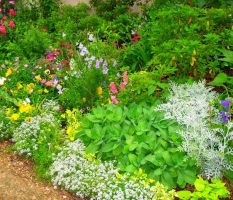
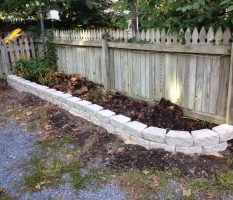


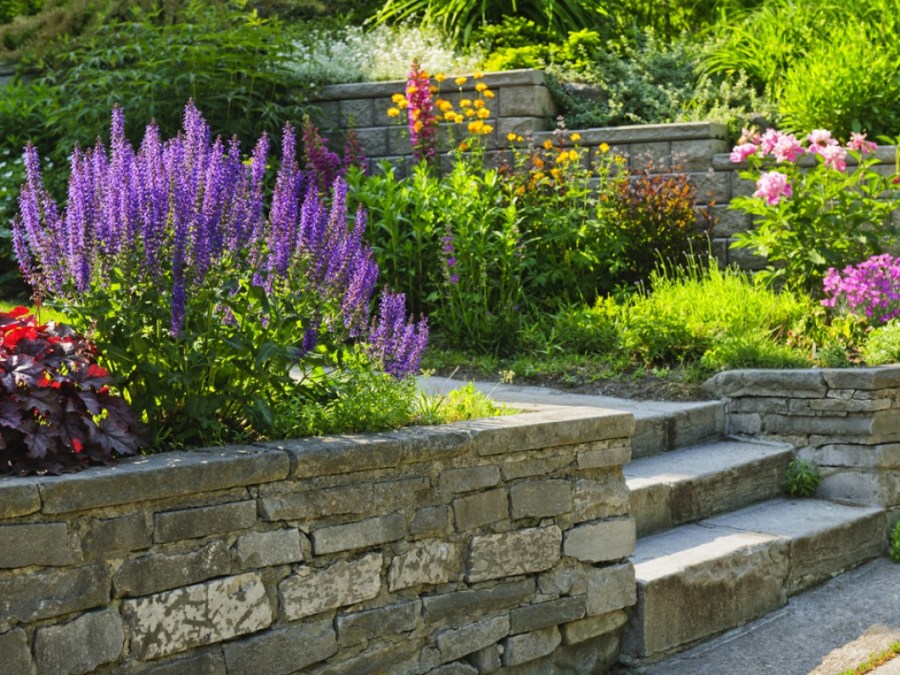


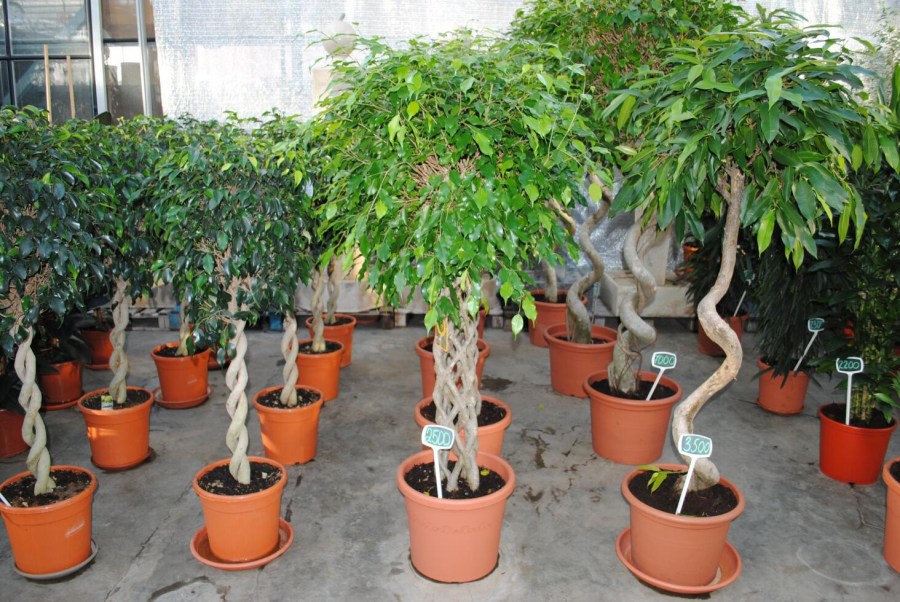
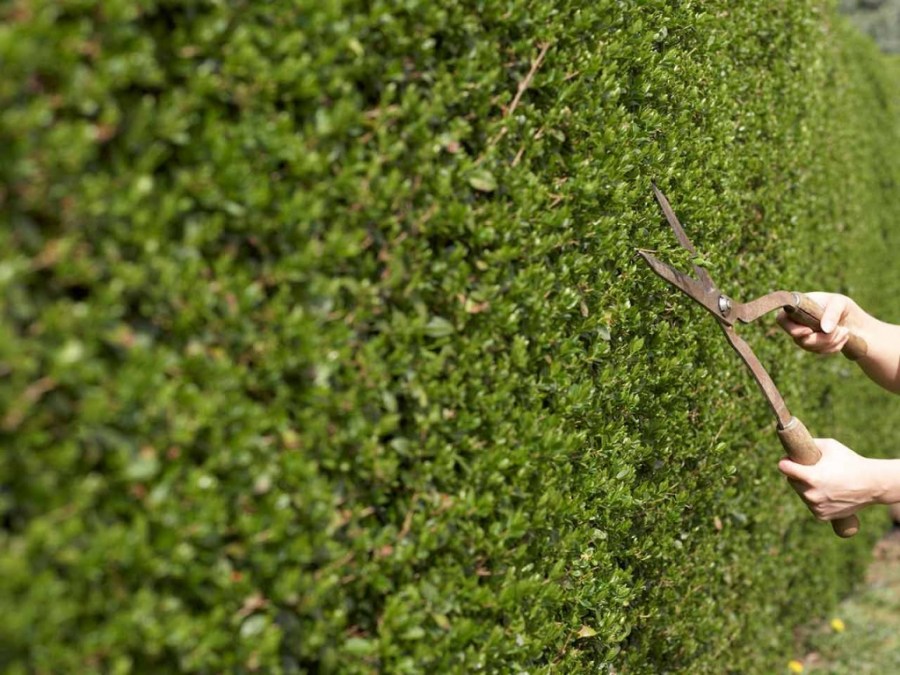
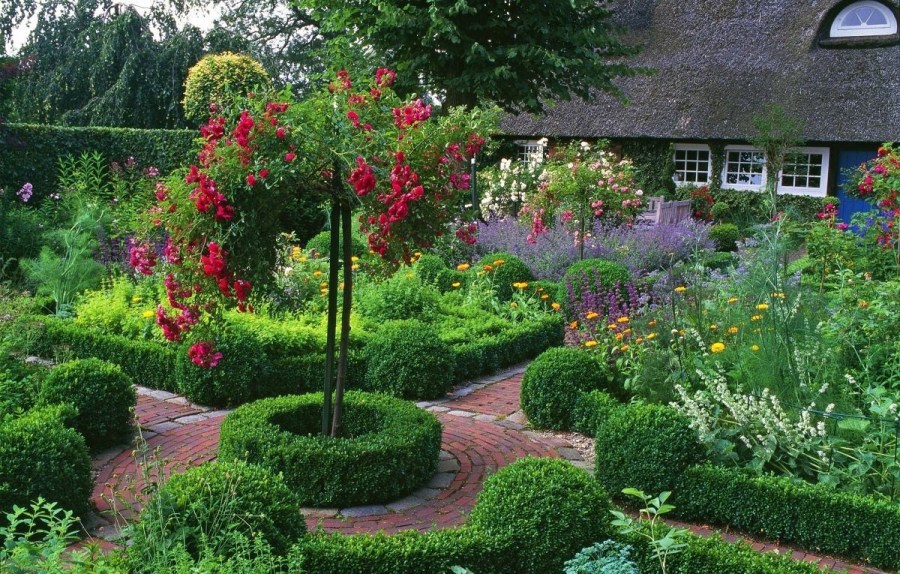
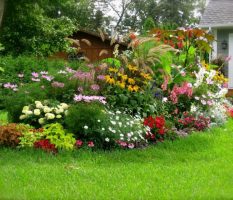
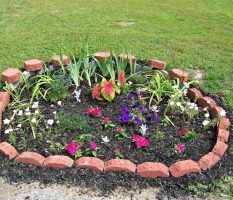
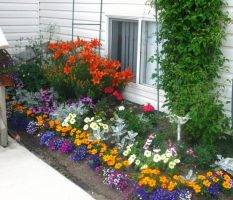

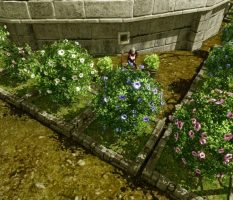
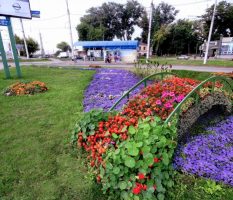
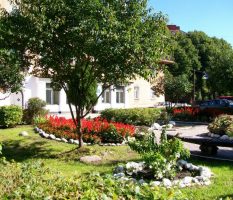
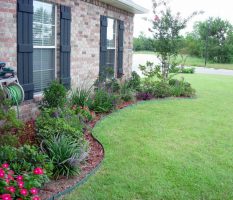
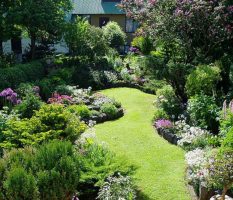
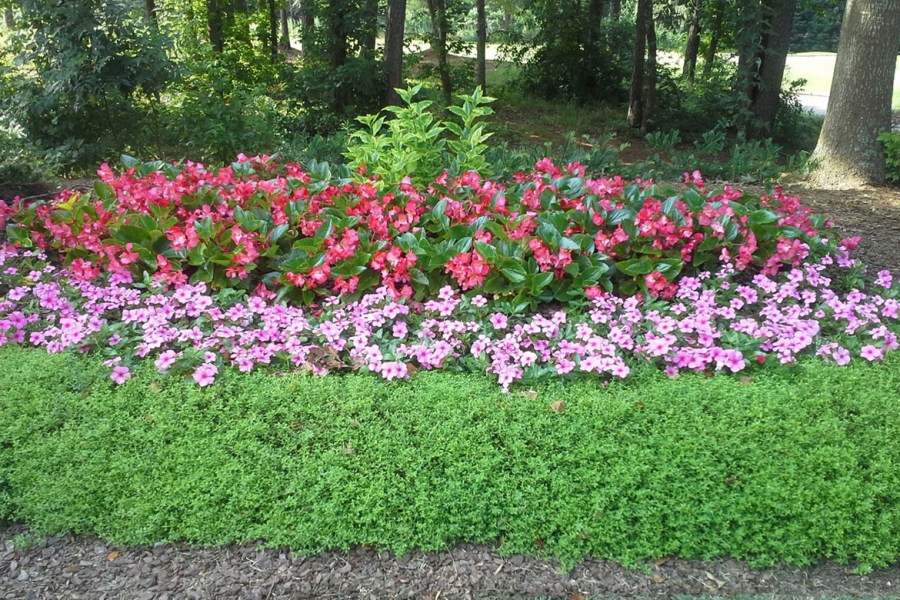
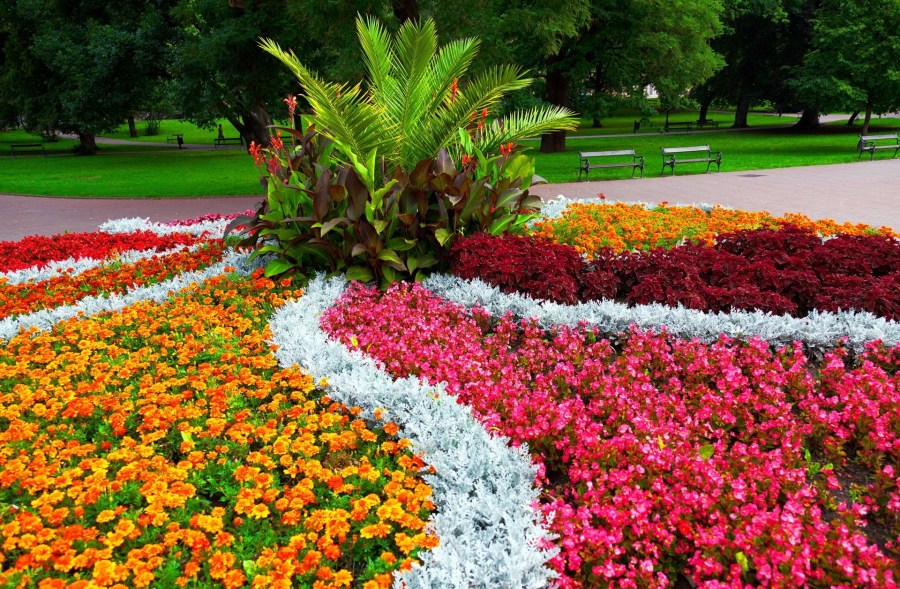
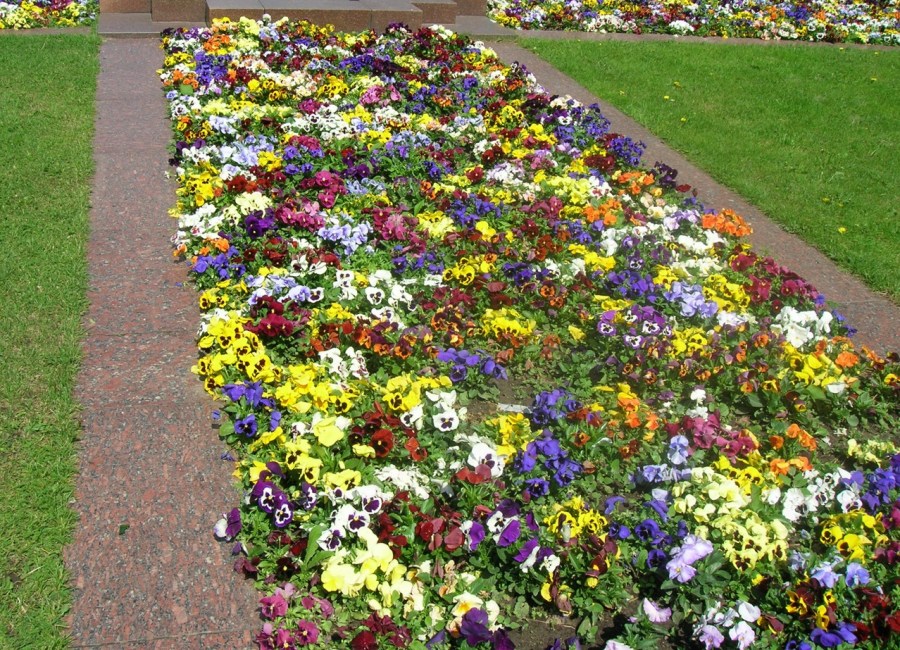

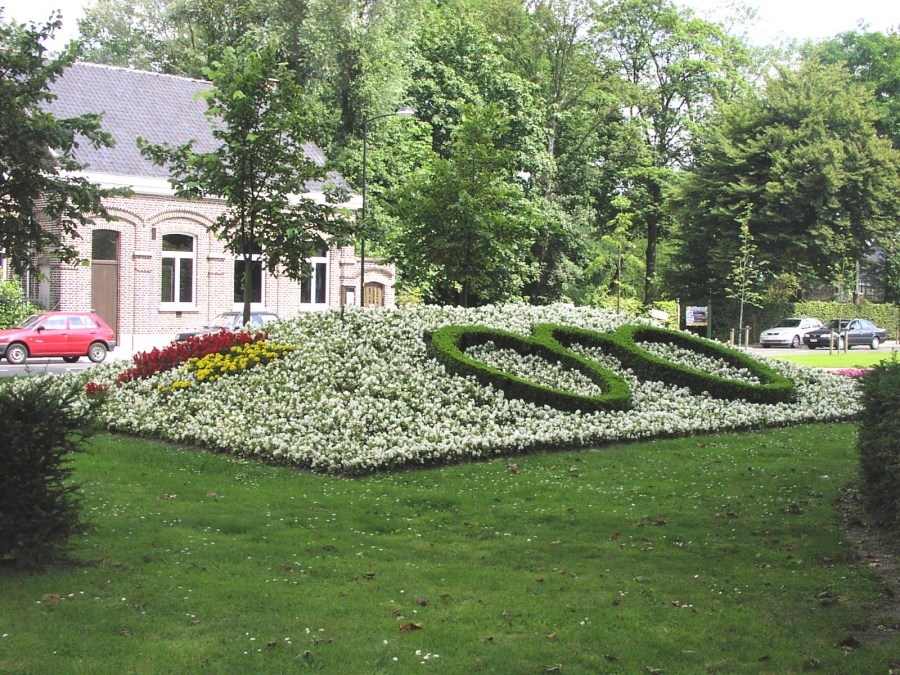



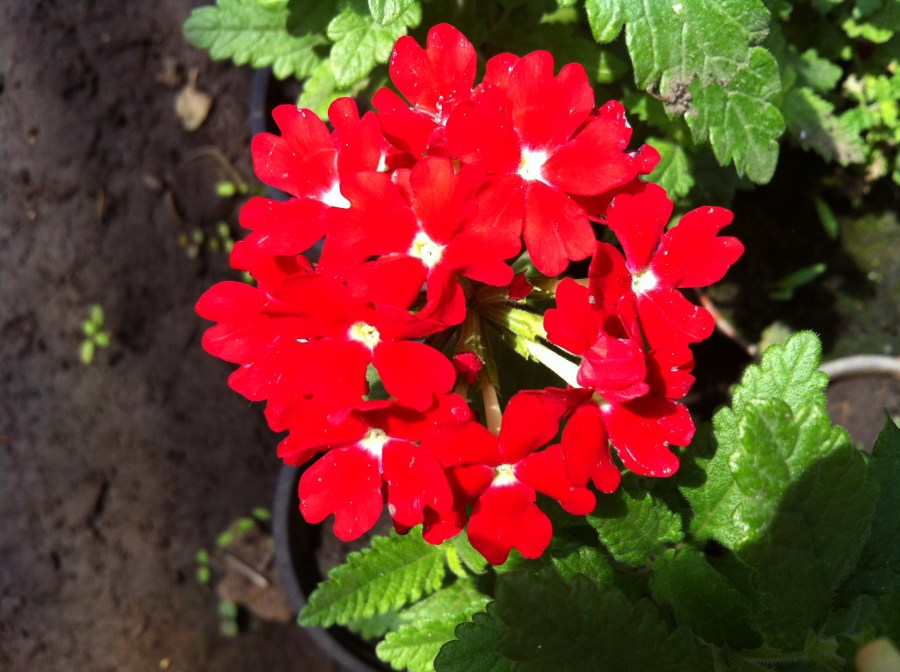


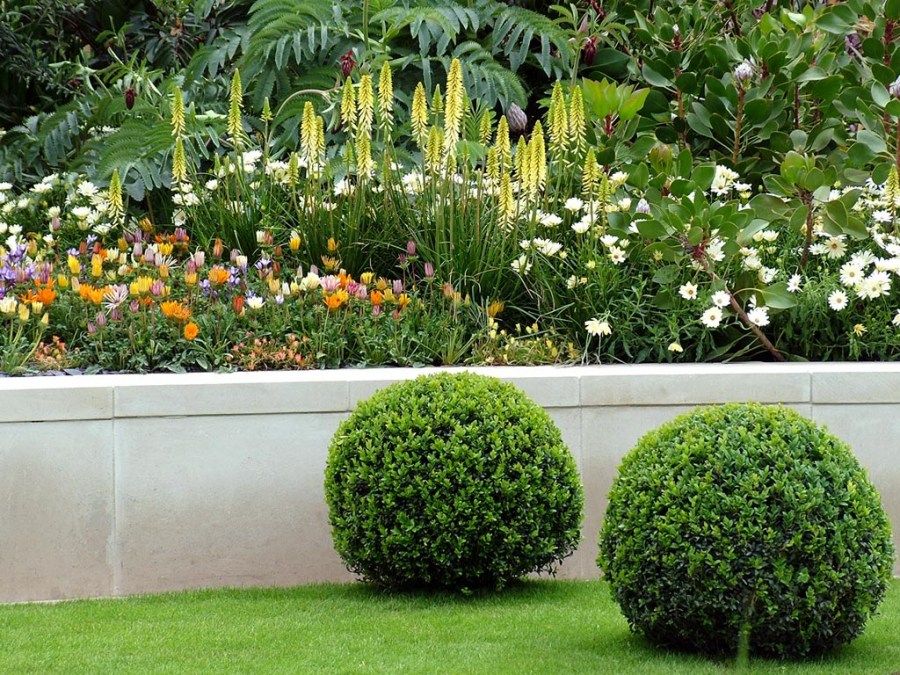
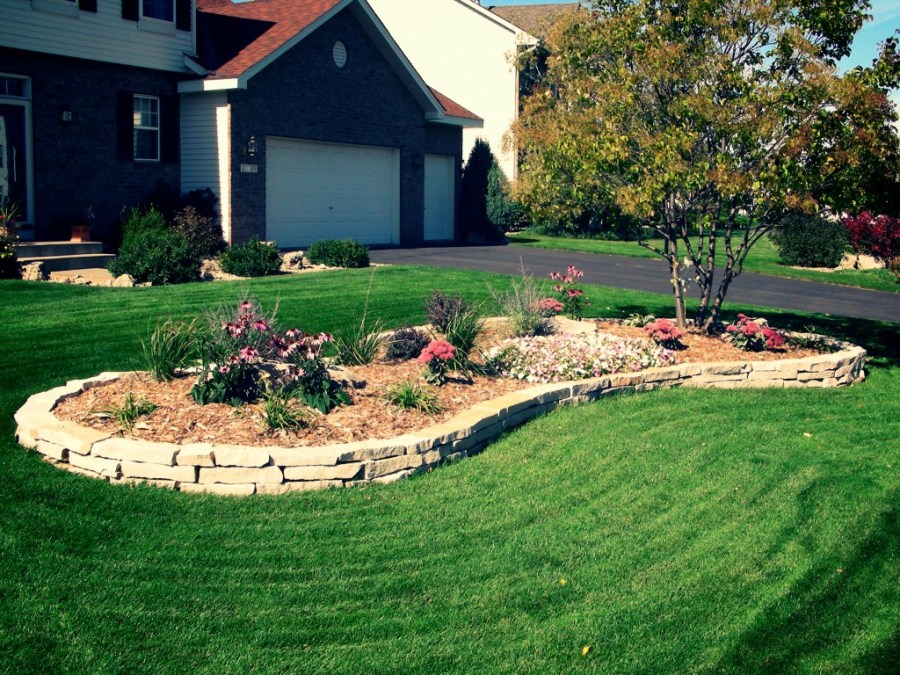


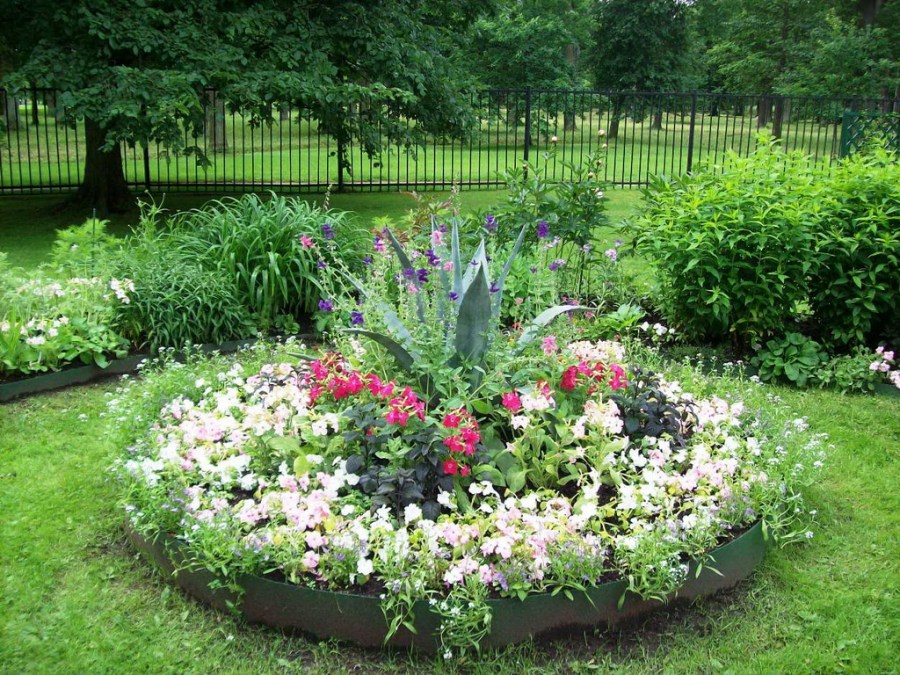

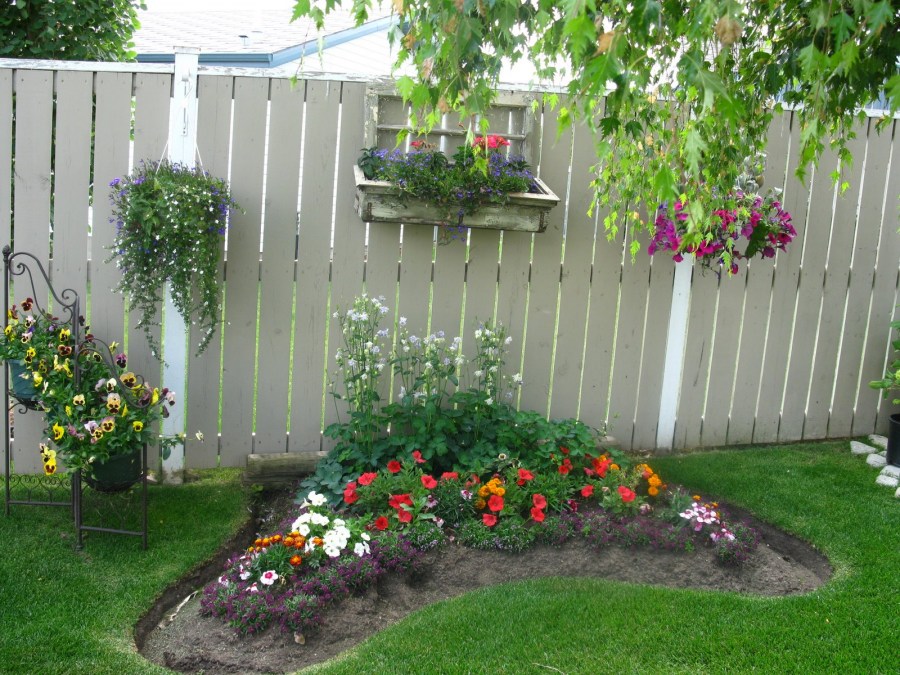

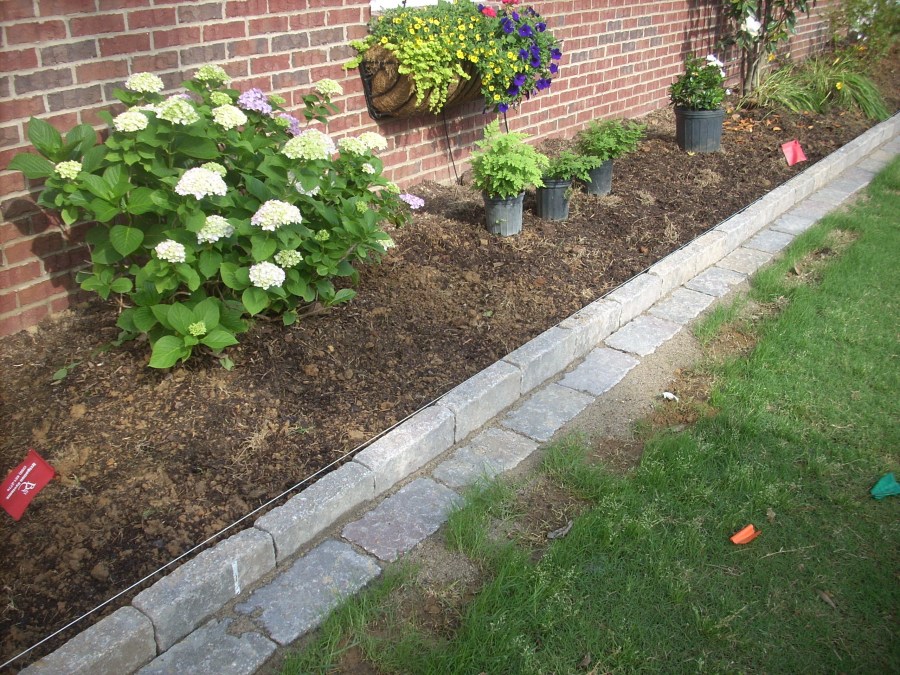
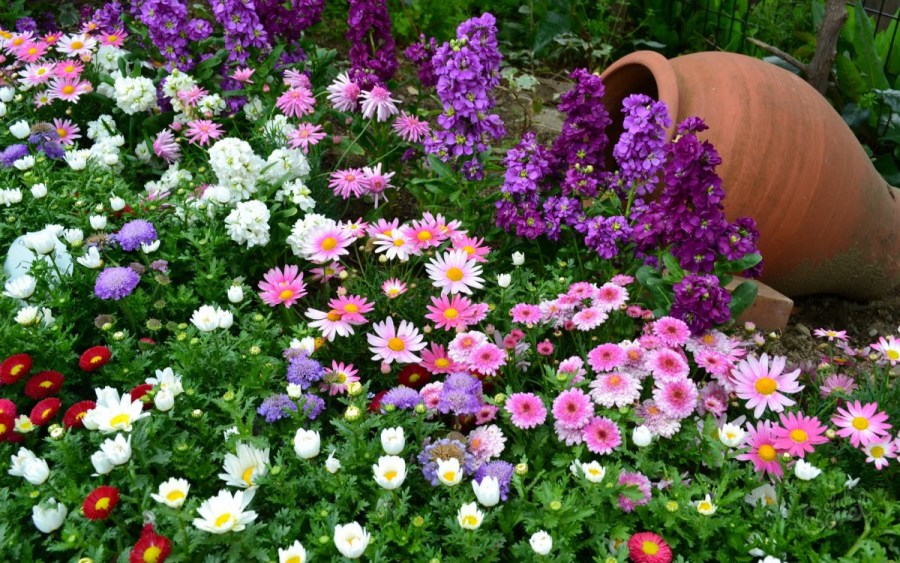


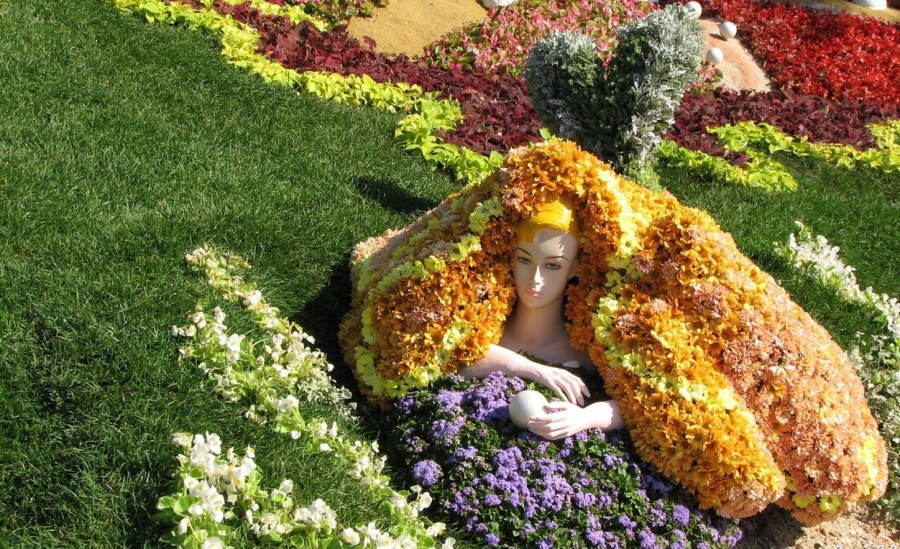
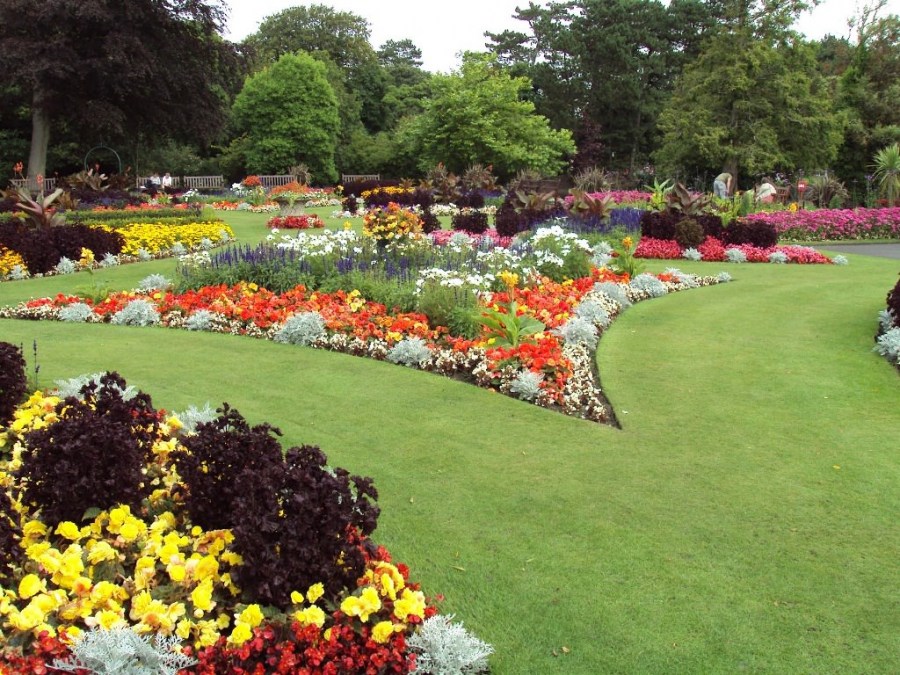
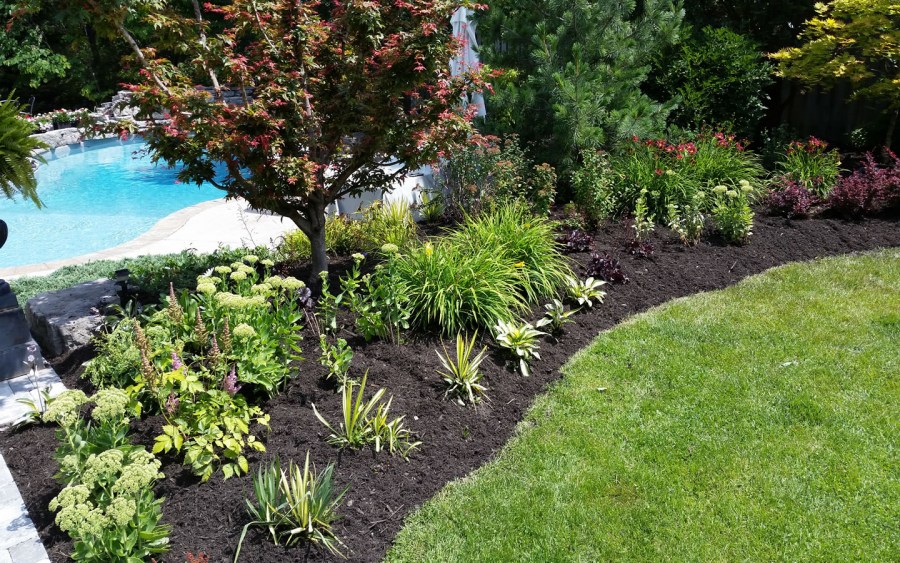
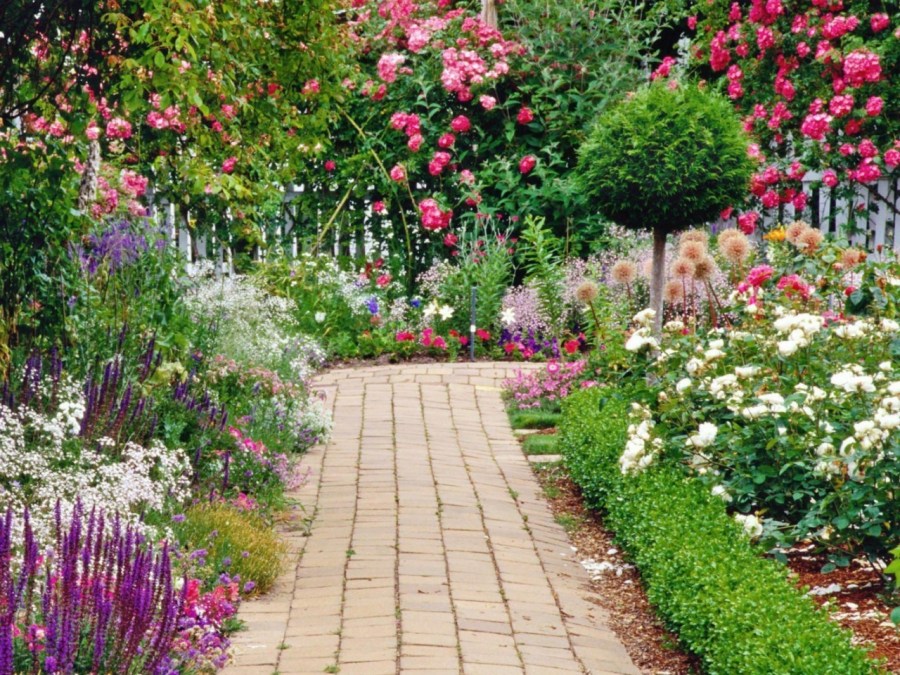
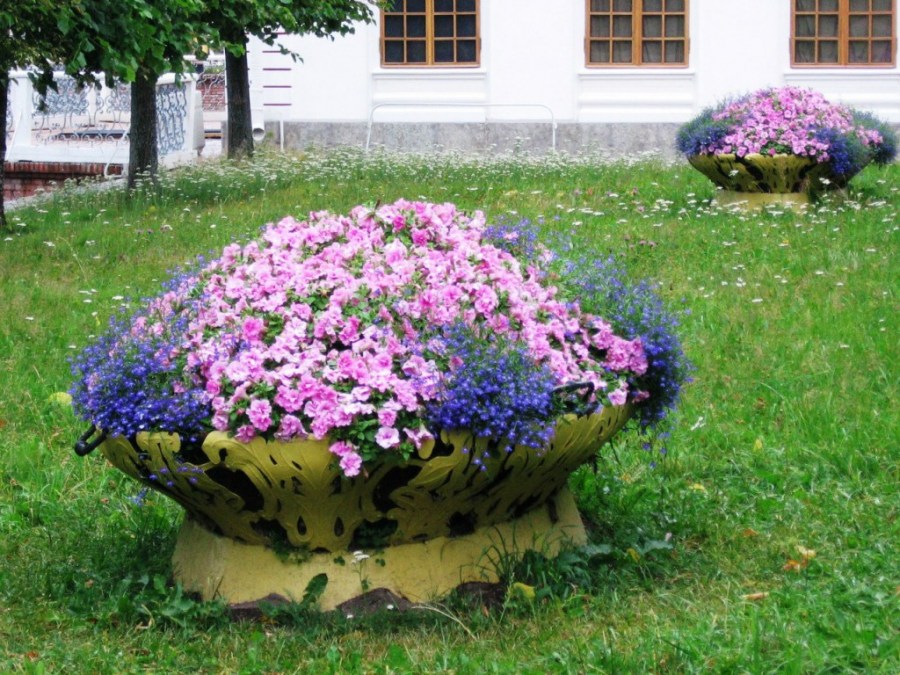
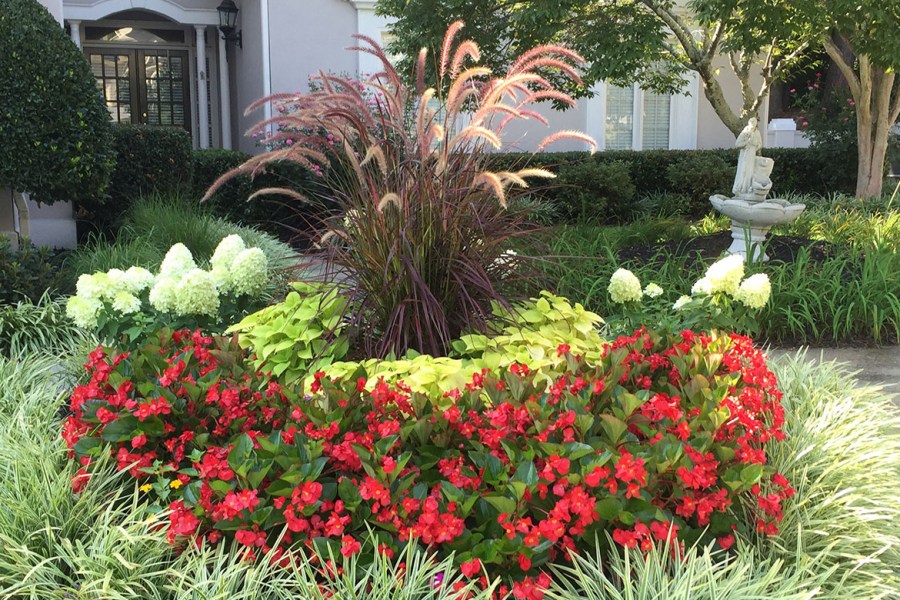
Such flower beds always delight the eyes and give a good mood. But it’s not very easy to take care of them. Especially with wintering, many flowers die.
Everything is great. But where are the names of the plants ?!